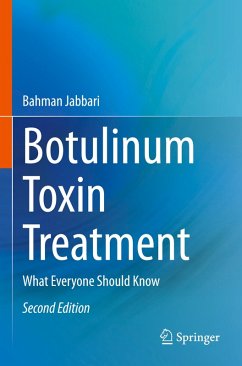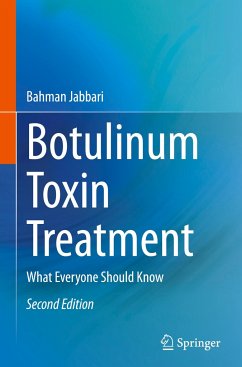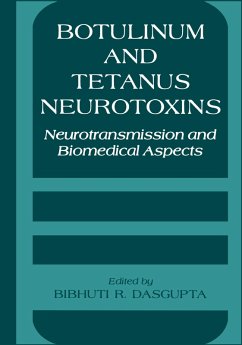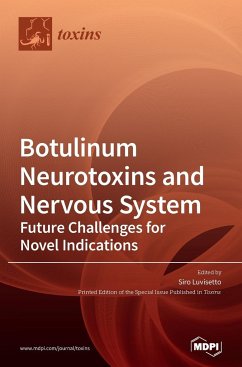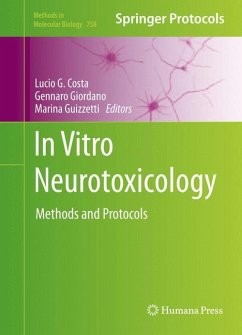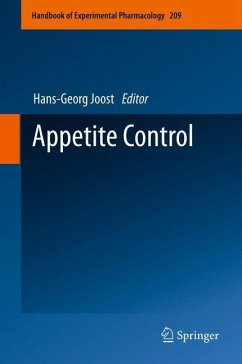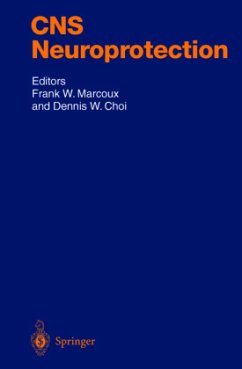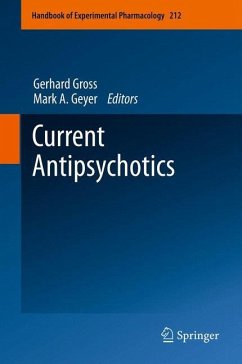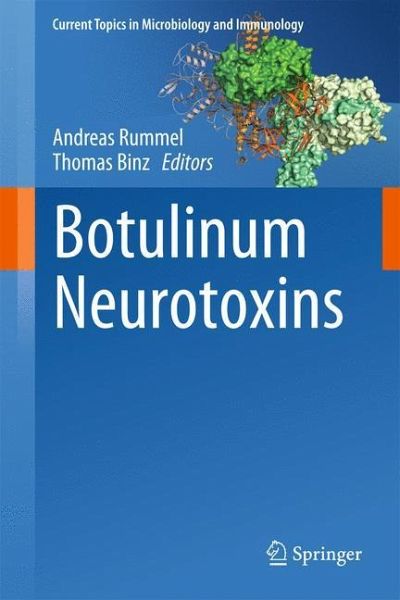
Botulinum Neurotoxins

PAYBACK Punkte
65 °P sammeln!
The in-depth coverage in this collection of papers on botulinum neurotoxins reflects two decades of progress in our understanding of how these highly toxic agents work, how they can be countered, and their therapeutic role in treating neurological disorders.
The extremely potent substance botulinum neurotoxin (BoNT) has attracted much interest in diverse fields. Originally identified as cause for the rare but deadly disease botulism, military and terrorist intended to misuse this sophisticated molecule as biological weapon. This caused its classification as select agent category A by the Centers for Diseases Control and Prevention and the listing in the Biological and Toxin Weapons Convention. Later, the civilian use of BoNT as long acting peripheral muscle relaxant has turned this molecule into an indispensable pharmaceutical world wide with annual revenues >$1.5 billion. Also basic scientists value the botulinum neurotoxin as molecular tool for dissecting mechanisms of exocytosis. This book will cover the most recent molecular details of botulinum neurotoxin, its mechanism of action as well as its detection and application.




